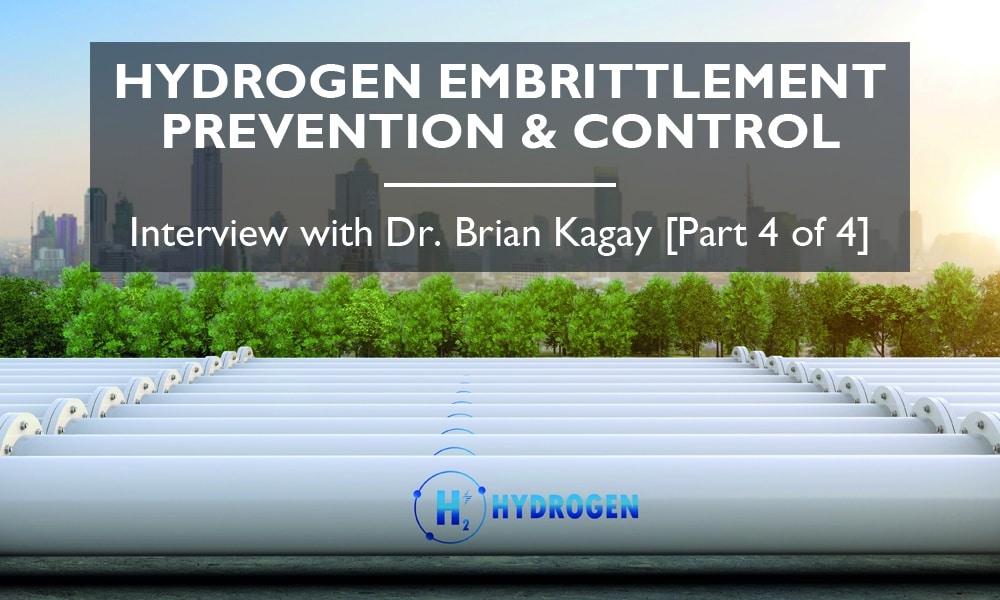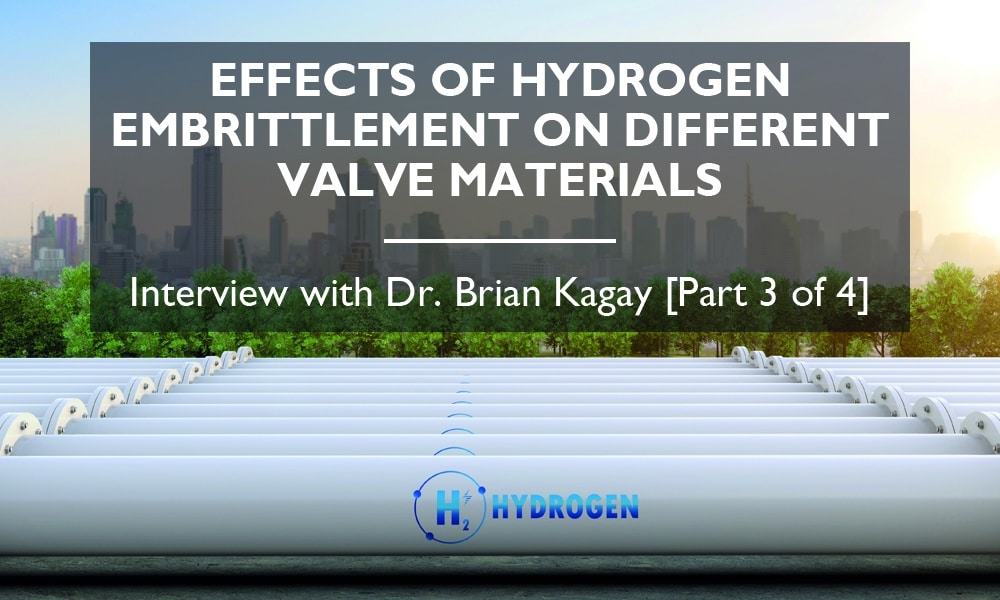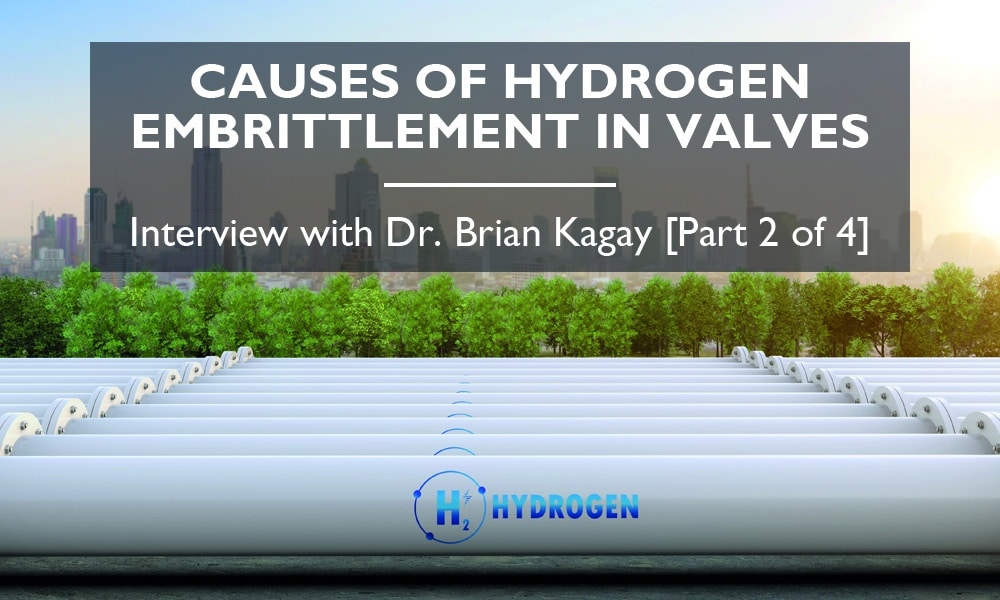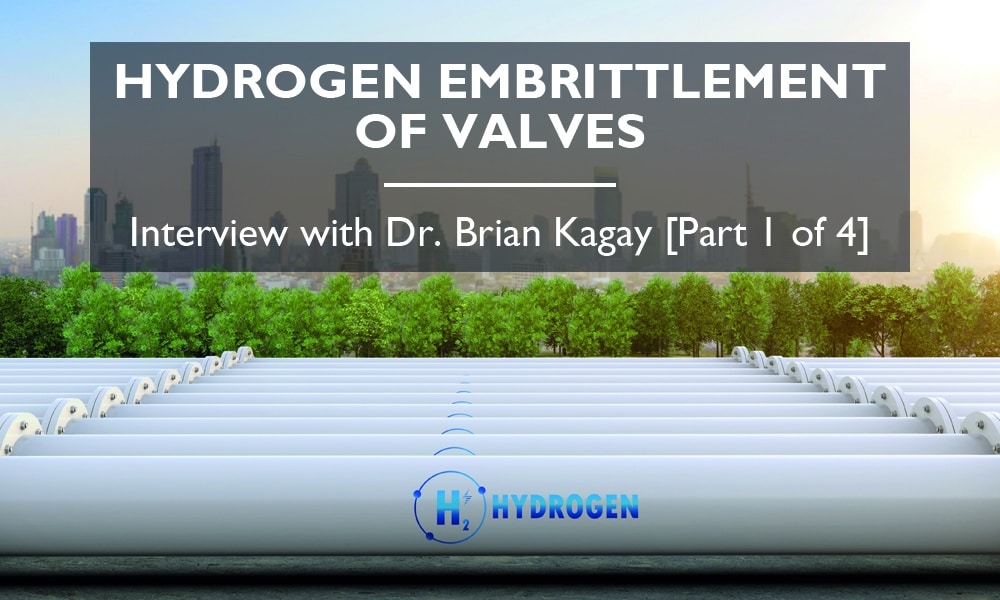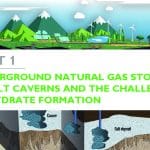
How DBB valves help meet offshore size and vibration restrictions
Offshore is without question one of the most challenging working environments for the oil and gas sector. The harsh weather conditions and remote location add a unique layer to everyday operations. Having impeccable timing takes on a whole new meaning in maintenance tasks. I’m touching the ground on this subject because AS-Schneider recently had me assist a client with their valve technology. The project was for the gas lift compression module of a floating production, storage, and offloading (FPSO) vessel in West Africa. We not only completed the job but also got to learn genuinely valuable lessons worth sharing. Thus, I’m happy to have the chance to do so today through this blog. Here’s the story of how we helped a dear customer, an upstream contractor, obtain double block and bleed (DBB) valves that met the site’s tight constraints on space, weight, and vibration. Read along!


